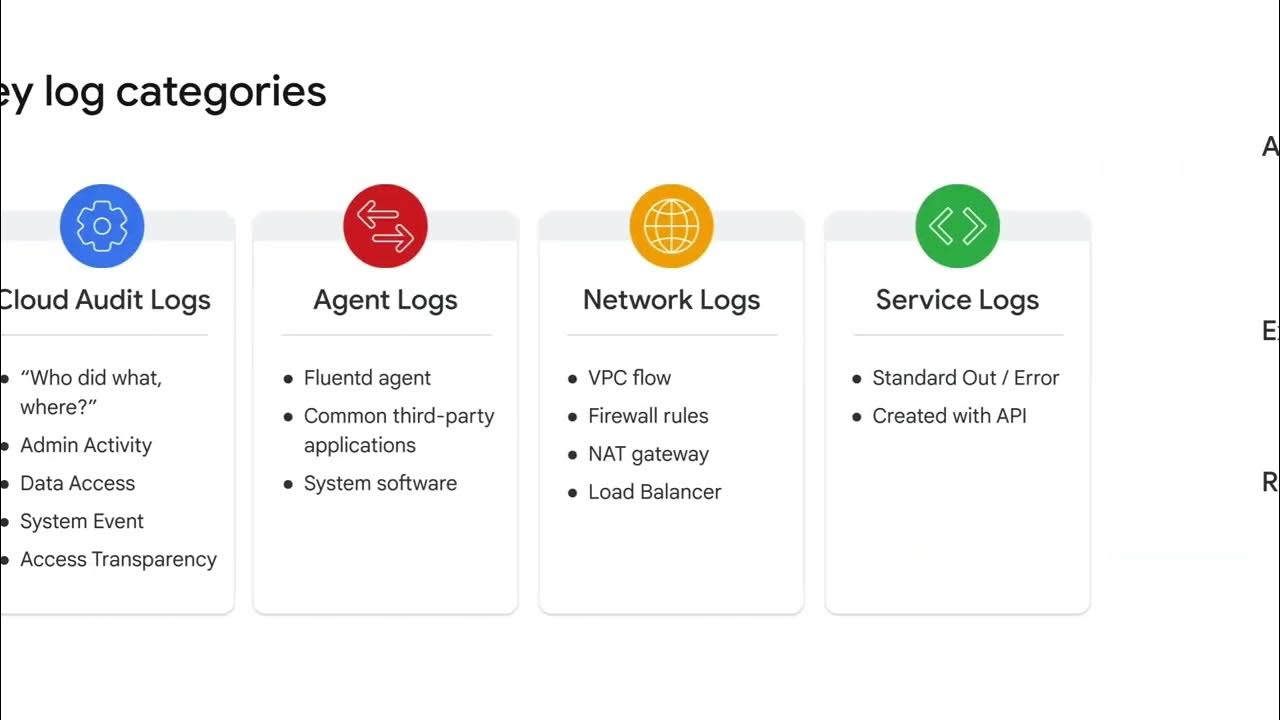Sentry in Six Minutes
Summary
TLDRCentury is a comprehensive application monitoring platform that offers code-level observability, enabling developers from top companies like Disney and Cloudflare to track performance and errors. With simple integration, it groups similar events into issues, reduces noise, and focuses on critical problems. Advanced features like trace navigation, error pinpointing, session replay, and customizable alerts streamline the development workflow. Sentry's performance metrics and visualization tools help optimize app performance and monitor release health, providing a holistic view of application data for informed business decisions.
Takeaways
- 🌐 Century provides comprehensive application monitoring, coding health, and performance tracking services.
- 🔍 It offers code-level observability for numerous renowned companies like Disney, Peloton, Cloudflare, and Eventbrite, among others.
- 📈 Century processes billions of events monthly from popular products, ensuring robust monitoring capabilities.
- 🚀 Getting started with Century is straightforward; users can create a project and integrate monitoring frameworks easily.
- 🔑 The initialization method is copied into the code, enabling automatic error and performance event tracking.
- 🔍 Similar events are grouped into issues based on best-in-class fingerprinting to reduce noise and focus on critical problems.
- 📊 The issues page allows quick identification and filtering of issues, with detailed insights for effective triaging.
- 🌐 Trace Navigator visualizes distributed traces between front-end and back-end, correlating errors for better debugging.
- 🏷️ Sentry tags provide additional context and are useful for setting up queries, dashboards, and tailored alerts.
- 🎥 Session replay offers a video-like reproduction of user sessions to understand the context around errors or performance issues.
- 📊 Dashboards provide a customizable overview of application health, allowing navigation through error and performance data across multiple projects.
Q & A
What does Century do for application monitoring?
-Century provides code level observability for applications, enabling developers to see clearer, solve issues quicker, and learn continuously about their applications from the front end to the back end.
Which well-known companies use Century's services?
-Some of the world's best known companies like Disney, Peloton, Cloudflare, Eventbrite, Slack, and Rockstar Games use Century for their application monitoring needs.
How many events does Century process each month?
-Century processes billions of events each month from the world's most popular products.
How easy is it to get started with Century?
-Getting started with Century is super simple. After creating a Century organization, you can head over to create a project, pick from dozens of frameworks, decide if you want alerts, assign a name and a team, and copy the resulting initialization method into your code.
How does Century group similar events?
-Century groups similar events into issues based on best-in-class fingerprinting. This helps reduce noise and focus on the most important problems.
What features does the issues page provide?
-The issues page allows you to quickly see your issues and filter by properties like browser, device, impacted users, or whether an error is unhandled.
How does Sentry help in identifying the cause of an issue?
-Sentry surfaces the suspect commit that caused the issue when instrumented in both the front end and back end. It also provides tags for additional context, which are usable across Sentry and can be helpful when setting up queries, dashboards, and tailored alerts.
What does the stack trace show?
-The stack trace shows the specific line of code where the event occurred, along with the ability to link to that same line of code within GitHub.
How does session replay help in understanding user sessions?
-Session replay shows a video-like reproduction of user sessions, allowing you to see what happened before, during, and after an error or performance issue occurred.
What is the purpose of the transaction summary page?
-The transaction summary page provides a detailed view of transactions that have had significant changes in their performance over time, including graphs, instances of these events, stats, facet maps, related errors, and more.
How does Century's dashboard feature help in monitoring application health?
-Century's dashboards provide a customizable overview of your application's health by allowing you to navigate through error and performance data across multiple projects. Dashboards are made up of one or more widgets which can be created in the dashboard view or discovered in the same view, reflecting the project, environment, and date range noted in the toolbar.
What are the three ways to visualize Sentry data mentioned in the script?
-The three ways to visualize Sentry data are: 1) The releases page, which provides a visualization of your release, 2) The Discover tool, which provides visibility to your atomic data across environments, and 3) Sentry dashboards, which offer a customizable overview of your application's health.
Outlines

This section is available to paid users only. Please upgrade to access this part.
Upgrade NowMindmap

This section is available to paid users only. Please upgrade to access this part.
Upgrade NowKeywords

This section is available to paid users only. Please upgrade to access this part.
Upgrade NowHighlights

This section is available to paid users only. Please upgrade to access this part.
Upgrade NowTranscripts

This section is available to paid users only. Please upgrade to access this part.
Upgrade NowBrowse More Related Video

Meet the new Azure AI Studio

Aaron Snell & Claudio Wunder | Revamping how Node.js Binaries are Served at Scale

Introduction to Python

10 min Walkthrough of Langfuse – Open Source LLM Observability, Evaluation, and Prompt Management

Google Cloud Observability

Why I QUIT VS Code for Cursor AI (Honest Review + Beginner Tutorial)
5.0 / 5 (0 votes)